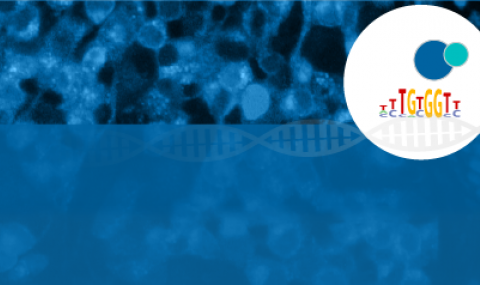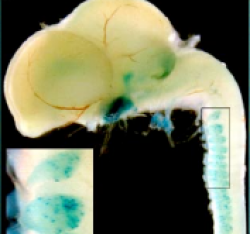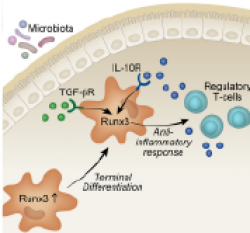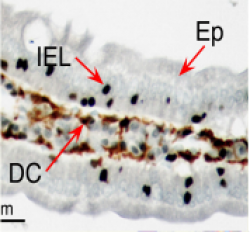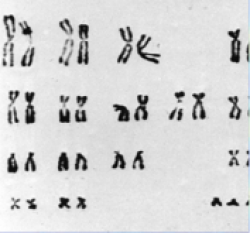 From trisomy 21 gene dosage to developmentally regulated transcription factors
From trisomy 21 gene dosage to developmentally regulated transcription factors
The lab. has previously focused on research aims to understand “Gene-Dosage” effects in trisomy 21 (see below Trisomy 21 Gene Dosage Effect). Currently most of our studies focus on the biology of two members of to the RUNX transcription factor family; Runx1 and Runx3. Of note, an on-going controversial debate about the expression of Runx3 in epithelial cells and its function as tumor suppressor gene (TSG) is summarized in a separate section entitled: “The RUNX3 TSG Conundrum”
RUNX transcription factors
The RUNX genes arose early in evolution and maintained extensive structural similarities in mammals. While RUNX1 reside on chromosome 21 and involves in Down syndrome leukemia, Runx3 resides on human chromosome 1p36.1; a region harboring several genes involved in important human diseases. To investigate the biological role of Runx3, we generated Runx3-deficient mice (Runx3-/-). The phenotypes encountered by these mice revealed the crucial importance of Runx3 in development of proprioception and homeostasis of gut immunity. Accordingly, Runx3-/- mice encounter severe congenital limb ataxia, due to premature death of the dorsal root ganglia (DRG) proprioceptive neurons. Similarly, Runx3-/- mice spontaneously developed airway and gut inflammation due to abnormal function of mononuclear phagocytes (MNP).


